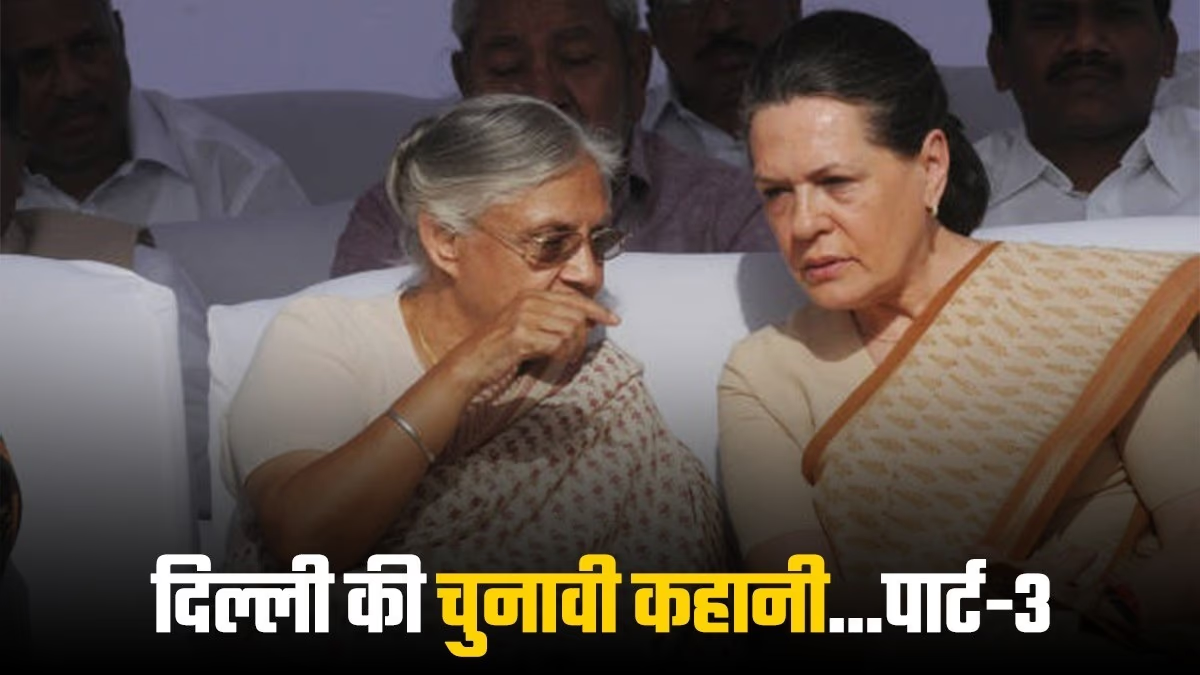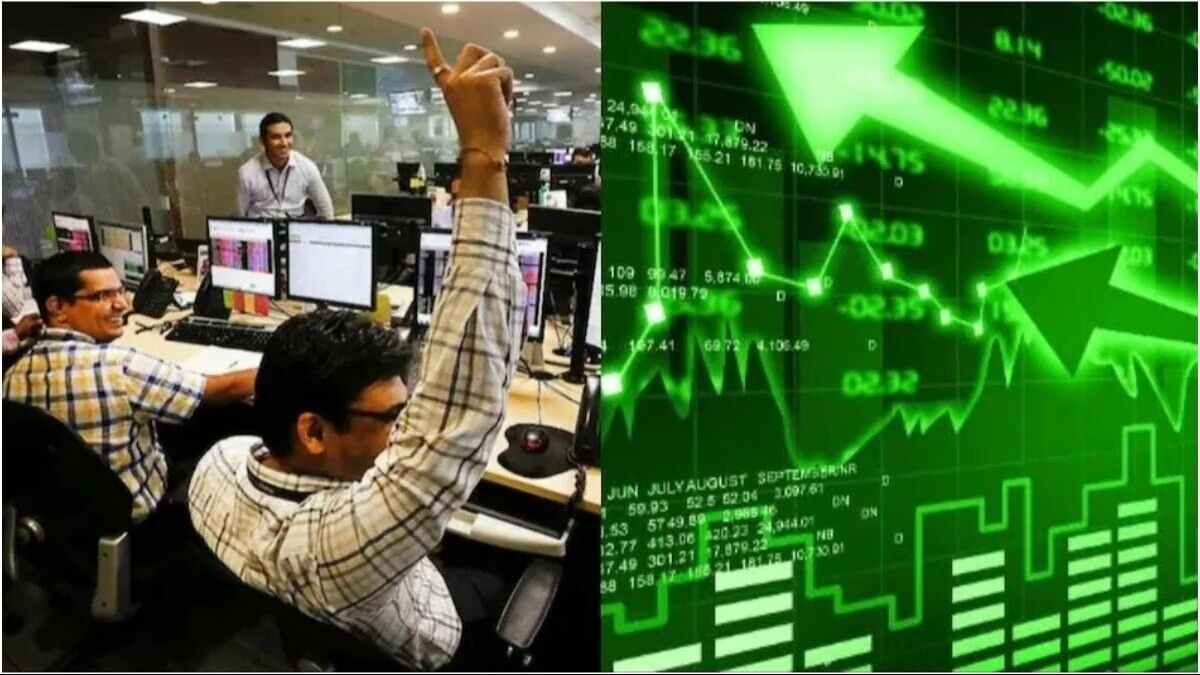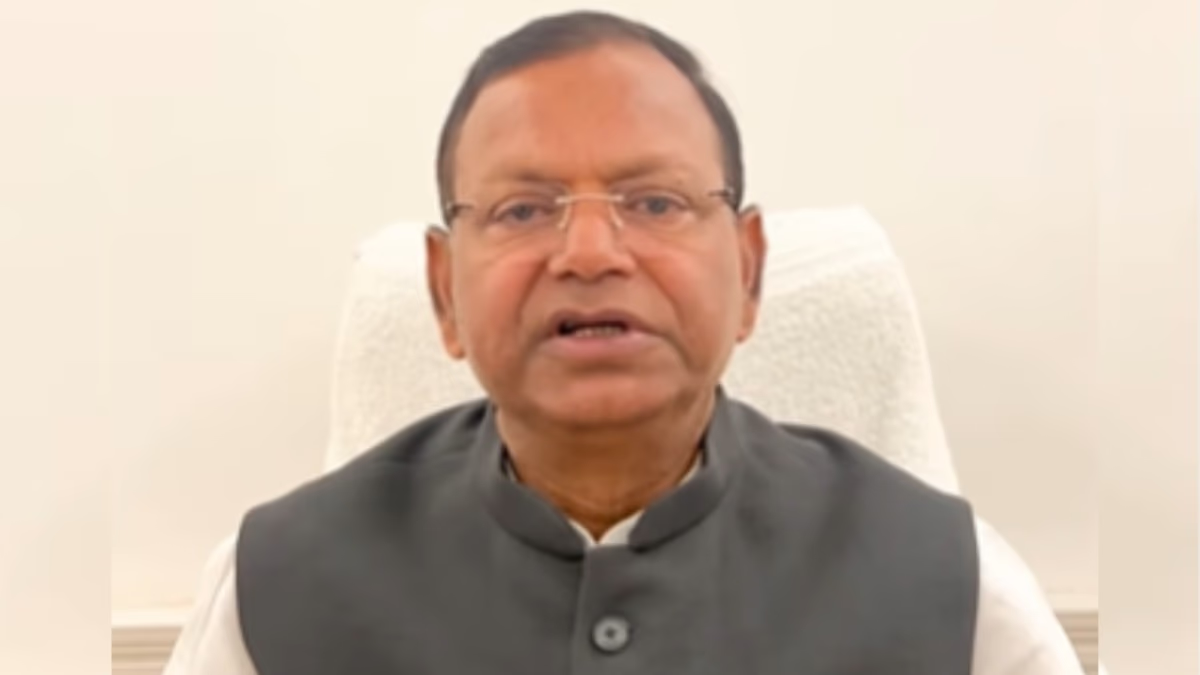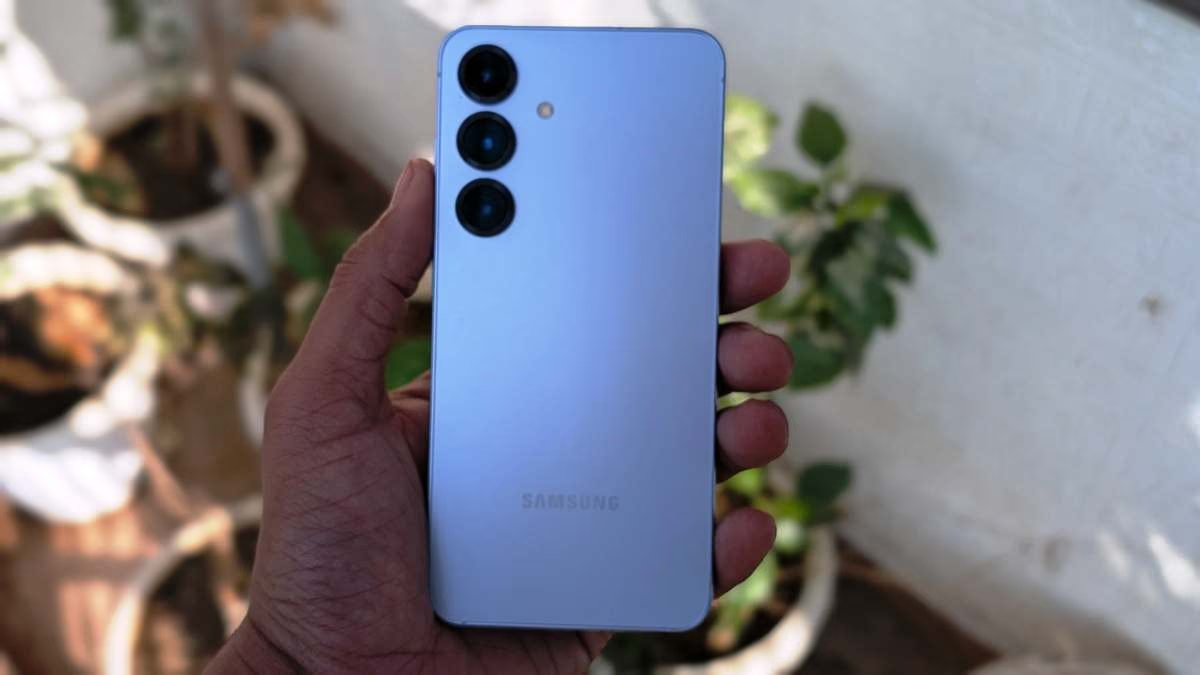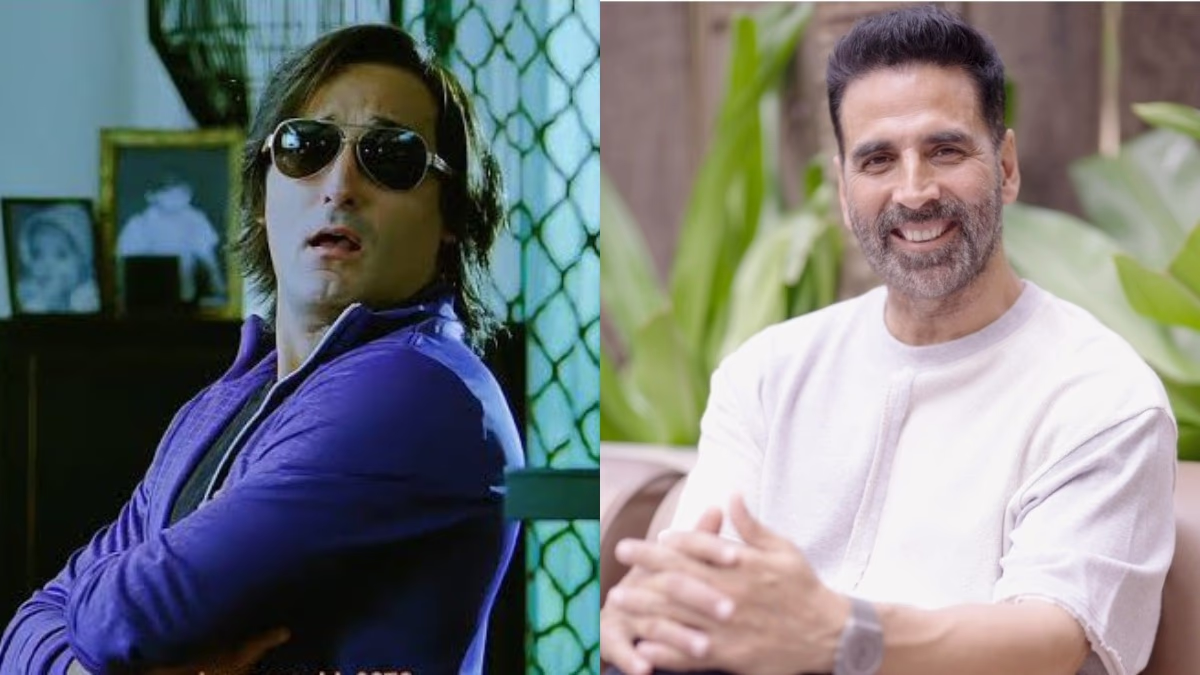Welcome to the third installment of our Delhi Assembly Election series, where we delve into the 2003 elections. The contest featured the incumbent Congress pitted against the BJP. Congress was determined to retain power, while the BJP aspired to once again capture the hearts of Delhi's citizens. However, beneath the surface, tensions simmered within both parties. Sheila Dikshit grappled with internal discontent and factionalism within Congress. Meanwhile, Madan Lal Khurana, known as the 'Lion of Delhi', shouldered the BJP's campaign almost single-handedly. In the end, Delhi's citizens affirmed Sheila Dikshit's governance, granting her a second term.
The decision to reinstate Sheila as Chief Minister took a week due to internal wrangling. Ultimately, the high command attributed the electoral success to Sheila's leadership. Within Congress, Sheila Dikshit stood as the sole figure, defending her achievements over the preceding five years. A significant faction within the party, including leaders like Sajjan Kumar, Jagdish Tytler, Jai Prakash Agarwal, Rambabu Sharma, and Chaudhary Prem Singh, viewed her as an outsider.
The BJP's Fragmentation Post-1998 Loss
The BJP found itself fragmented after its 1998 defeat, grappling with evident leadership vacuums. Sushma Swaraj transitioned into national politics, while Madan Lal Khurana, after serving as an MP, took on a ministerial role in Atal Bihari Vajpayee's government. Khurana re-entered Delhi politics ahead of the 2003 elections, appointed as the party's Delhi Pradesh president. He launched a vigorous campaign against Sheila Dikshit's government. However, Khurana's prominence spurred discontent within rival factions, complicating the party's election strategy.
Sheila's Tenacity Triumphs Again
The Congress made history with a decisive victory, crediting Sheila's demonstrated prowess in outmaneuvering the fragmented BJP. The party, acknowledging her efforts, chose to overlook internal dissent. Sheila Dikshit retained her role as Delhi's Chief Minister for a consecutive term.
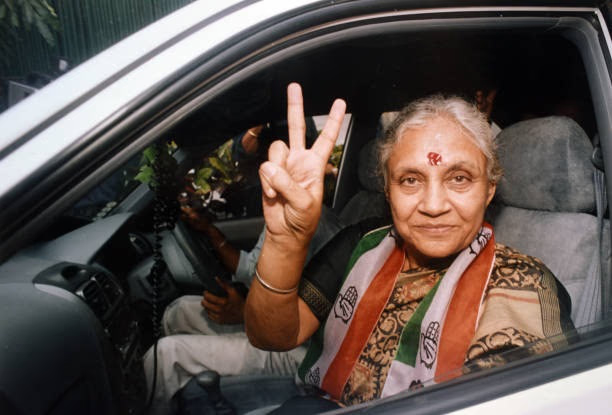
Source: aajtak
Congress Secured 47 Seats, BJP Managed Only 20
In Delhi, 2003 saw 8,448,324 registered voters with 4,513,135 casting their votes, marking a 53.4% turnout. There were 57 general seats, with 13 reserved for Scheduled Castes.
Also Read: Delhi Assembly Election History: How the Battle Between Sheila and Sushma Shaped Delhi's Future for 15 Years – Discover How Congress Turned the Tide
Madan Lal Khurana's Victory in Moti Nagar
In the 2003 election, Congress captured 47 seats with 48.1% of the vote share, while BJP secured 20 seats with 35.2% of the votes. Independents, NCP, and JD(S) claimed one seat each. Sheila Dikshit triumphed in Gole Market, defeating the BJP's Poonam Azad by 12,935 votes. The BJP's victories included Madan Lal Khurana in Moti Nagar, Ramesh Bidhuri in Tughlakabad, and Dr. Harsh Vardhan in Krishna Nagar.
Congress Suffered a Five-Seat Loss
Compared to 1998, Congress lost five seats. In 1998, they held 47 seats, with a slight dip in vote share. Thus, BJP couldn't capitalize on anti-incumbency sentiments against Congress in this election.
The Nature of BJP's Election Campaign
Madan Lal Khurana served as the BJP's Delhi Pradesh president during the 2003 Assembly elections. The campaign revolved heavily around him, despite whispers of factionalism and strategic discord affecting its efficacy.
Khurana, esteemed as a respected Delhi BJP leader and former Delhi Chief Minister from 1993 to 1996, was dubbed the 'Lion of Delhi'. His reputation as a staunch administrator and grassroots leader remained unchallenged. He fiercely criticized the Congress administration, particularly its urban development and utility policies, creating a wave of public sentiment.

Source: aajtak
BJP's campaign was a collaborative effort between the central leadership and state unit. The then BJP president Venkaiah Naidu, alongside the Delhi BJP unit, formulated strategic plans. Madan Lal Khurana was the chief ministerial candidate, with Vijay Kumar Malhotra spearheading the campaign committee. Malhotra had aspirations for the chief ministerial position, while Vijay Goel and Sahib Singh Verma were also contenders. Khurana's rally saw him touring solo without the backing of senior allies. Group dynamics affected ticket distribution, leading to weaker candidates being fielded.
Despite robust campaigning by national figures like Arun Jaitley and Sushma Swaraj, as well as Sahib Singh Verma in rural areas, internal discord hampered BJP's electoral campaign. Tensions among leaders such as Khurana, Swaraj, and Malhotra showcased the disunity weakening their endeavours.
Also Read: Delhi Assembly Election History: The Year 1993 – BJP's 49 Seats and 42% Vote Share, Congress Takes a Dive, Janata Dal Emerges
Internal Strife Cost BJP Dearly
The BJP's campaign focused on criticizing the Congress government's shortcomings, yet failed to offer a compelling alternate blueprint for development. Despite Khurana's popularity, factional strife within the party overshadowed the potential rallying support for his leadership. Post-defeat, intra-party disputes over leadership intensified within Delhi BJP. In December 2003, Khurana resigned from his post as Delhi BJP president and was subsequently appointed as the governor of Rajasthan.
How Did Congress Achieve a Landslide Victory?
Under Sheila Dikshit's leadership, Congress achieved a decisive victory in the 2003 Delhi Assembly elections, securing power for a second term. Dikshit's administration gained public favor through effective urban development and electricity reforms. Congress was favored by urban voters, while the BJP struggled in rural and peripheral regions. The inauguration of the Delhi Metro in 2002 was a notable milestone credited to Dikshit's administration, marking a significant enhancement in the lives of Delhi's citizens.
Furthermore, during this election, third parties had minimal impact, with BSP and minor parties underperforming. The election predominantly became a Congress-BJP face-off, with Sheila Dikshit's leadership casting her as the driving 'face of development' for Delhi.
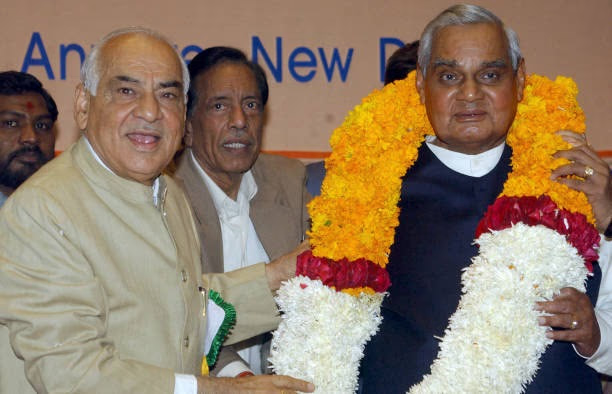
Source: aajtak
What Was Brewing Inside Congress?
Post-2003 results, Congress was back with Sheila Dikshit leading the charge. However, upon victory, the sudden emergence of other contenders for the leadership role, like Chaudhary Prem Singh, who was the Assembly Speaker, created internal friction. Chaudhary filed his claim for the Chief Minister position, creating a demand before the high command. Several leaders within the party stood against Sheila. For about a week, suspense loomed over Delhi until the high command endorsed Sheila Dikshit's candidature. Sheila perceived this as a pivotal political victory and subsequently led with free rein. Chaudhary Prem Singh was removed from the speaker's chair, making way for Ajay Maken.
Indeed, leaders like Chaudhary Prem Singh harbored political ambitions, yet due to Sheila's impactful comeback, their claims waned. Chaudhary Prem Singh was a senior and seasoned Delhi Congress leader with significant backing, especially in rural and outer regions. It was believed that his supporters viewed him as a viable Chief Ministerial candidate, leveraging his stronghold in rural and Jat-dominated areas. Reportedly, Prem Singh and his supporters held disagreements with Sheila Dikshit's urban-centric policies and administrative approach. However, these disagreements didn't escalate into a large-scale public dispute, because Dikshit enjoyed full backing from Sonia Gandhi and the Congress high command. The electoral success and public favor fortified Sheila's position, effectively stifling internal dissent.
Also Read: Some Old, Some New Strategies... BJP Sets Its Plan to Outmaneuver AAP in Delhi!
Challenging Sheila Dikshit's leadership within Congress was practically unfeasible at the time. Dikshit's popularity coupled with the high command's support made her position mighty. Congress insiders claimed no dispute over the chief minister role existed; Sheila was the unequivocal choice, with consensus on her leadership capabilities. Sheila exerted a stronghold on Delhi Congress, enjoying the high command's unwavering support, particularly from Sonia Gandhi. During her initial term from 1998-2003, Sheila significantly advanced basic services like electricity and water. Her vision for urban development and transport reforms, such as the metro project, won accolades from both the public and Congress ranks. Garnering 47 seats, Congress achieved an emphatic majority, attributed largely to Sheila Dikshit's persona and leadership.
Experts suggested no substantial leader within Congress had the clout to challenge Sheila Dikshit. Colleagues working alongside her accepted her leadership style. Although delays ensued in officially selecting Sheila Dikshit as the Chief Minister post elections, owing to internal processes, she was eventually chosen unanimously. The election results were declared on December 4, 2003.
In typical post-election protocol, Congress legislators convened to unanimously elect Sheila Dikshit as the legislature party leader, a forum organized 1-2 days post-result announcement. Sheila Dikshit was sworn in as Chief Minister on December 15, 2003.
